Tools: An Easier Way
Believe it or not, gardening can be a very dangerous activity. The U.S. Consumer Product Safety Commission (CPSC) reported that about 230,000 people each year are treated in hospital emergency rooms for injuries relating to various lawn and garden tools. In fact, the American Chiropractic Association (ACA) included landscapers in its list of the 10 most occupations that cause back pain. Now, I know that landscapers are doing this all day every day and are more likely to experience pain, but it just goes to show you how damaging the activity can be on the body.
Manufacturers have been working diligently on ergonomic gardening products over the last few years. They have made improvements on special grips; minimal-vibration power tools; and long-handled tools, modifying them to lessen the strain on the back. Now, there are a large number of ergonomic products from shovels to stools, for every age and size. It makes sense for there to be ergonomic tools for seniors. It is as important as ever for the elderly to be able to use products that are easy on the body. As our Baby Boomer gardeners and customers grow older, it becomes more difficult to do the daily chores they used to do, such as trimming hedges or pulling weeds. These new products are helping them do just that.
But elderly gardeners aren’t the only ones who would benefit from ergonomic tools. Ergonomic tools can prevent cumulative trauma disorders (CTD), which include disorders such as carpal tunnel syndrome, thoracic outlet syndrome and even tendonitis. CTD is a response to excessive demands placed on the body. Most CTDs are caused when movement is applied to muscles and joints in the same way on a consistent basis and causes wear and tear. And gardening contains many of the CTD characteristics kneeling, bending, repetitive hand movements, etc. especially for the exhaustive gardener.
Ergonomics has been studied for many years by, you guessed it, ergonomists. They study the interaction between human beings and tools, environments and tasks of work and everyday living. The goal of ergonomic tools is to create a safer product that causes less fatigue and stress on the body. The results can include improved health and safety and increased productivity.
Why Ergonomics?
Fiskars provides useful garden ergonomics information on its Web site. Below are a few primary CTD risk factors Fiskars highlights:
Repetitiveness. Trimming hedges, pruning bushes or planting bulbs often require the same muscles to be used over and over.
Posture. More than your body position, posture includes things such as the angle the wrist is held. Grip strength is at its maximum when the wrist is in a relaxed or neutral position. A bent wrist is dangerous. The tendons responsible for flexing the fingers are easily irritated by exertions made while in this posture.
Contact Stress. Many tools are made with finger grips molded into the handle, to provide better slip resistance. However, these form-fitting grooves only fit one size hand perfectly. People with larger hands will find that their fingers overlap the ridges, causing pain, soreness and calluses. Those with smaller hands will have to spread their fingers to match the grooves, and strength testing has shown that this spreading of the fingers significantly reduces grip strength, requiring more pressure to maintain control of the tool.
Forceful Exertion. Prunning activities require the application of force by the hands and/or arms on the tools that do the cutting. Depending on the material being cut, the design of the blades and many other factors, the force required may be high or low.



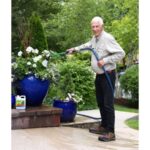
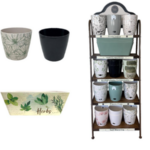


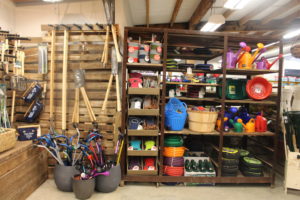

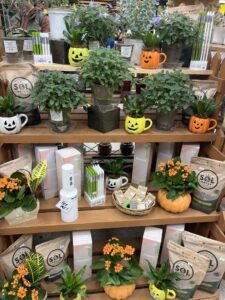
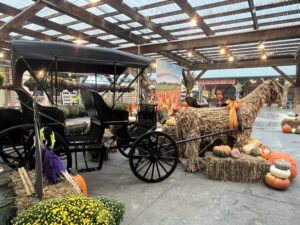




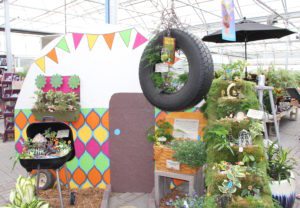


 Videos
Videos





